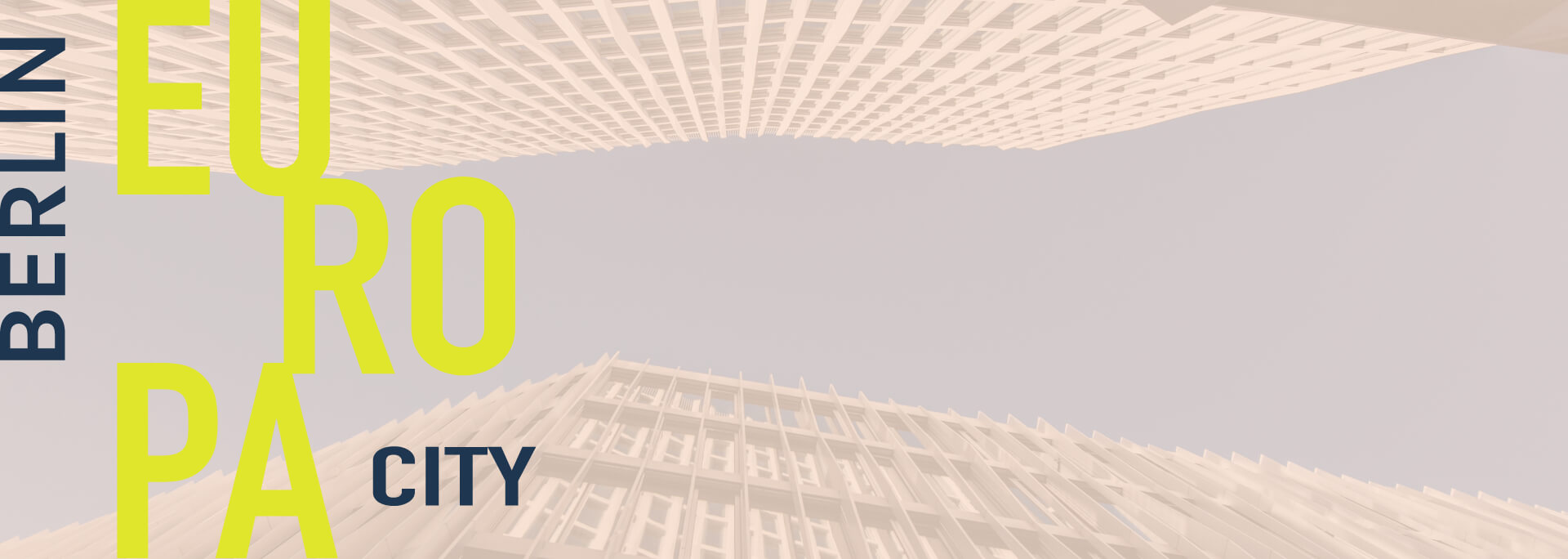Interview with Katrin Lompscher – It’s now about bringing a vitality to the quarter
Katrin Lompscher, Senator for Urban Development and Housing in Berlin, talks about the major inner city project Europacity.

Madam Senator, do you have the impression that Europacity is already a household name for Berliners and the public in general?
Interest has grown significantly and public perception has increased considerably. Five or six years ago, it seems to me, many people were not so interested in the topic of Europacity. The origins of the place, a former railway wasteland, had largely disappeared from the memory of the city, which, for example, was not the case with Potsdamer Platz. However, the main train station transformed the area into a central location, and now with Europacity also taking shape, both have had a major impact.
In your opinion, what central urban planning concerns will Europacity address?
After completion of the underground line U 5 to the main station and the construction of the S 21 suburban railway line, this site will be one of the best developed locations in the centre of Berlin. It was obvious and necessary to build an urban district here designed to be as compact and mixed as possible – a place of efficient routes and reduced land use, that would also meet the requirements of sustainable construction. The next step would be to demonstrate that sustainable construction and beautiful architecture do not have to be in opposition.
Who says they are?
Occasionally you hear criticism in public that there is a uniformity to what is being built in Berlin. I think that criticism will be put into perspective as the buildings in Europacity begin to progress. For the projects that are currently being prepared or already under construction, renowned architects were brought in by means of competitions. I, therefore, have great hope that we will see architecture of a high quality in Europacity. Take the TOUR TOTAL building on Invalidenstrasse, where a very interesting design has already been realised. The buildings to be built in this quarter will be more attractive and varied than the buildings in Berlin are often said to be.
When will the waterfront promenade on the Berlin-Spandau canal be completed and the bridge built from Weddinger Ufer to Stadtplatz?
Both the bridge, and the promenade in its entirety, are to open by the end of 2019. It is also conceivable that parts of the promenade will be opened earlier than that. Berliners are very curious and like to see what is happening in their city. If adjacent buildings are still being built, this does not necessarily have to be a disadvantage.
Quartier Heidestrasse is also intended to be opened up with a bridge to the west over the railway tracks to Moabit and Lehrter Strasse. Has the planning been signed off here?
In the urban development contract around 5 million euros have been earmarked for the bridge to Moabit. However, the temporary planning approval for the S 21 railway line, over which the bridge will span, has to be approved first. This is unlikely to happen before 2023. Only when these prerequisites are in place can we begin with the planning coordination.
The master plan is implemented and the competitions are completed. So how is the Berlin state currently involved with Europacity?
For us, it is now a matter of coordinating public construction works – this applies not only to the bridges and waterfront promenades, but also to the streets and squares and, of course, to Heidestrasse as its main thoroughfare. And also in the close consultation with investors, because it is now a question of how to get from the planning of the district to making it a vital part of the city.
This process applies, by way of example, to the ground floors of buildings. They must be developed in such a way that they actively contribute to the revitalisation.
